In this article, we will uncover the basics of the Azure SQL Database.
Read more »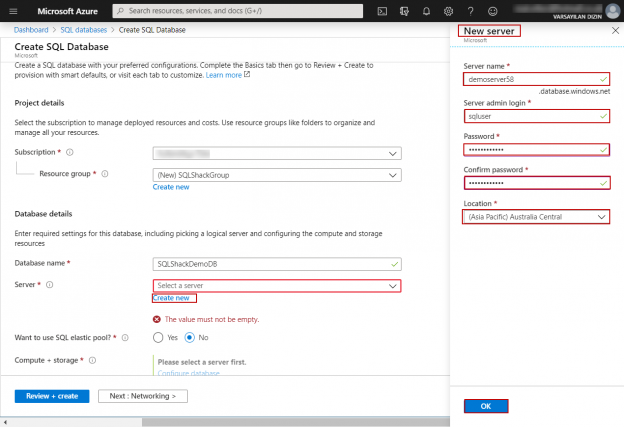

In this article, we will uncover the basics of the Azure SQL Database.
Read more »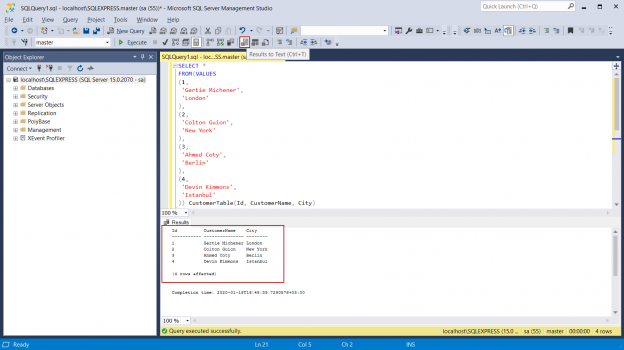
Microsoft SQL Server Server Management is an advanced development environment that enables us to configure, manage and administrate SQL Server database engines. SSMS is very popular and widely used by the database developers and administrators because of the following advantages:
Read more »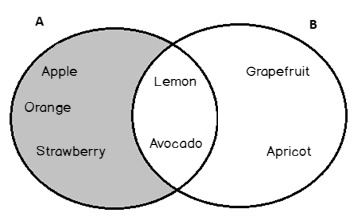
In this article, we will describe the relation between the Set Theory and SQL Server Set Operations
Read more »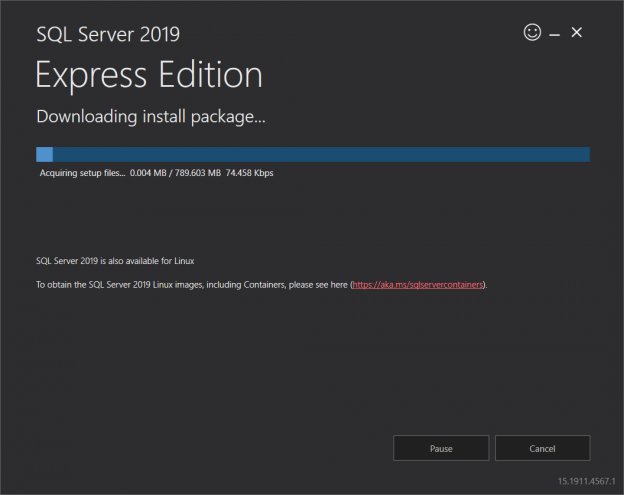
SQL Express is a free and feature-limited edition of SQL Server that has been being published since the SQL Server 2005 version and it still continues to be published by Microsoft. Nowadays, Microsoft has released the Express edition of SQL Server 2019. We can use this edition for lightweight data-driven mobile, desktop or web applications. However, when we decide to use this edition, the supported features have to be checked in the Editions and supported features of SQL Server 2019. For example, the database size can not exceed 10 GB and the SQL Server Agent feature is not supported by the Express editions. As a result, we must take the limited features into consideration before planning to use the SQL Express Editions.
Read more »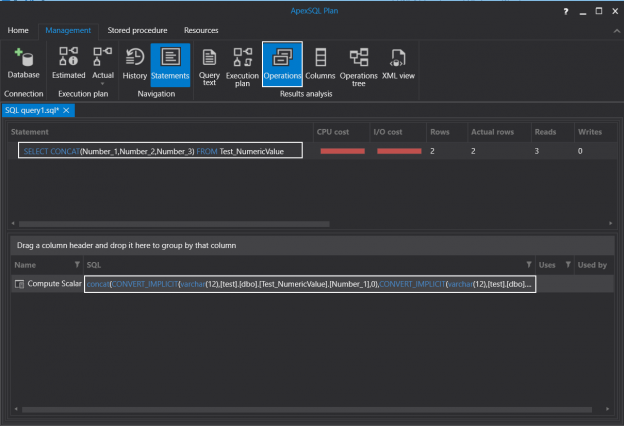
In this article, we will explore the syntax, working mechanism and other details of the CONCAT function in SQL and we will also make up various different examples about it.
Read more »
The sp_executesql is a built-in stored procedure in SQL Server that enables to execute of the dynamically constructed SQL statements or batches. Executing the dynamically constructed SQL batches is a technique used to overcome different issues in SQL programming sometimes. For example, when we want to determine the displayed columns in our reports, this procedure might be a solution option for us. In the simplest sense, this procedure takes a dynamically constructed SQL batch and other parameters, then execute it in the runtime and, finally, it returns the result.
Read more »
In this article, we will explore the STRING_AGG function in SQL and we will also reinforce our learning with various examples. STRING_AGG function can be counted as a new member of the SQL aggregation functions and it was announced in SQL Server 2017. STRING_AGG function gathers all expression from rows and then puts it together in these rows expression in order to obtain a string. Additionally, this function takes a separator parameter that allows separating the expressions to be concatenated.
Read more »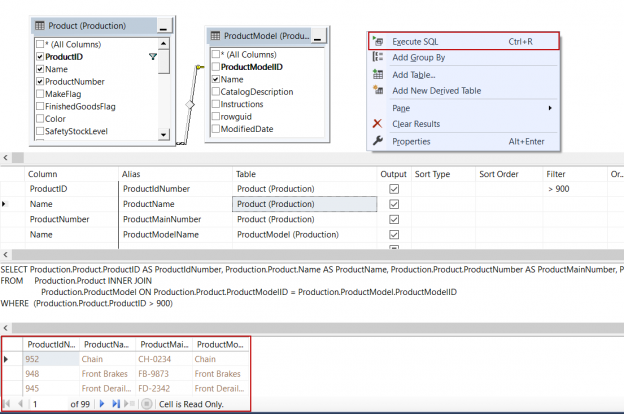
In this article, we will learn the basics of the view concept in SQL Server and then explore methods to create a view in SQL using T-SQL and SQL Server Management Studio.
Read more »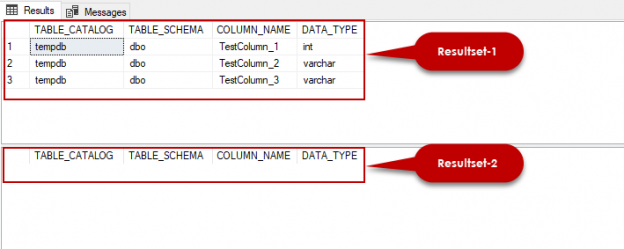
In this article, we will explore the table variable in SQL Server with various examples and we will also discuss some useful tips about the table variables.
Read more »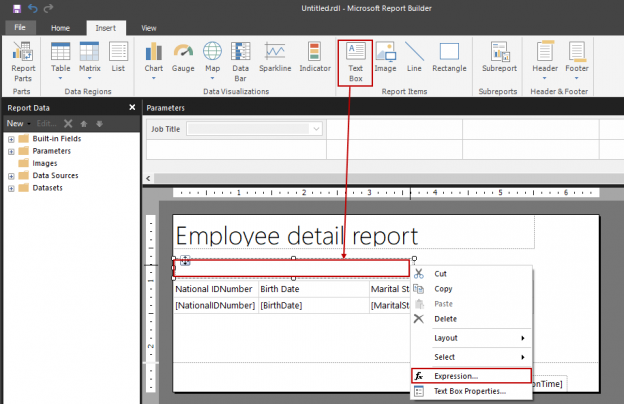
This article covers the usage and detailed features of the multi-value parameter in SSRS.
Read more »
In this article, we will learn the notions and usage details of the SQL variable. In SQL Server, local variables are used to store data during the batch execution period. The local variables can be created for different data types and can also be assigned values. Additionally, variable assigned values can be changed during the execution period. The life cycle of the variable starts from the point where it is declared and has to end at the end of the batch. On the other hand, If a variable is being used in a stored procedure, the scope of the variable is limited to the current stored procedure. In the next sections, we will reinforce this theoretical information with various examples
Read more »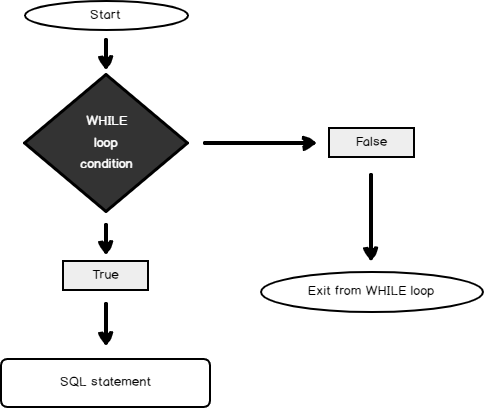
SQL WHILE loop provides us with the advantage to execute the SQL statement(s) repeatedly until the specified condition result turn out to be false.
Read more »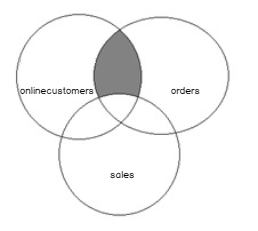
In this article, we will learn the SQL multiple joins concept and reinforce our learnings with pretty simple examples, which are explained with illustrations. In relational databases, data is stored in tables. Without a doubt, and most of the time, we need a result set that is formed combining data from several tables. The joins allow us to combine data from two or more tables so that we are able to join data of the tables so that we can easily retrieve data from multiple tables. You might ask yourself how many different types of join exist in SQL Server. The answer is there are four main types of joins that exist in SQL Server. First of all, we will briefly describe them using Venn diagram illustrations:
Read more »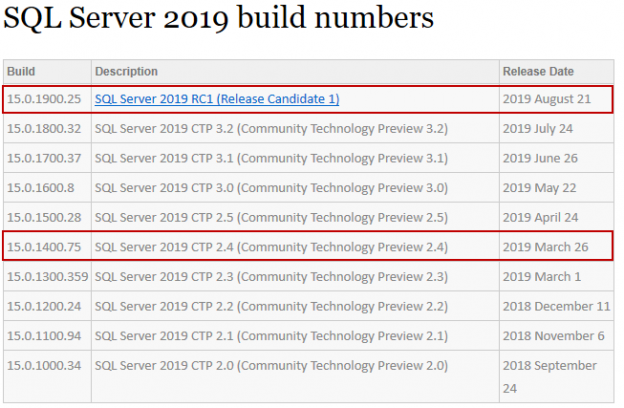
In this article, we will explore how to find the SQL Server version details with various methods.
Read more »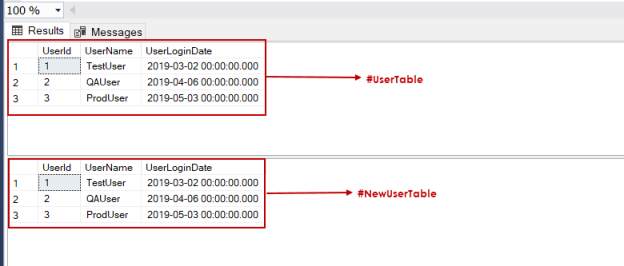
In this article, we will learn to rename tables in SQL Server. sp_rename is a built-in stored procedure which helps to rename user tables in the SQL Server. During the software development life cycle, we might be faced with various scenarios that required to rename the existing tables in the database. For example, the tables which are created in the SQL Server might be needed to be renamed, because of the software version upgrades, bug fixing or other various development requirements. These and similar reasons can make renaming tables important. So, in this article, we will particularly focus on how to rename the tables in SQL Server.
Read more »
In this article, we will learn multi-statement table-valued functions (MSTVFs) basics and then we will reinforce our learnings with case scenarios.
Read more »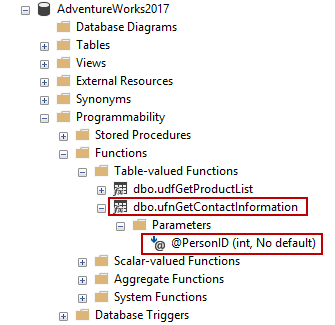
In this article series, we will find basics and common usage scenarios about the inline table-valued functions and we will also be consolidating your learnings with practical examples.
Read more »
In this article, we will learn usage details of the sp_updatestats built-in store procedure which helps to update all statistics in a SQL Server database. First of all, we will take a glance at the statistics concept in SQL Server.
Read more »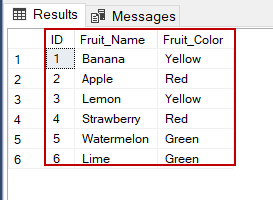
SQLSELECT statements are used to retrieve data from the database and also, they populate the result of the query into the result-sets. The SQL examples of this article discourse and explain the fundamental usage of the SELECT statement in the queries.
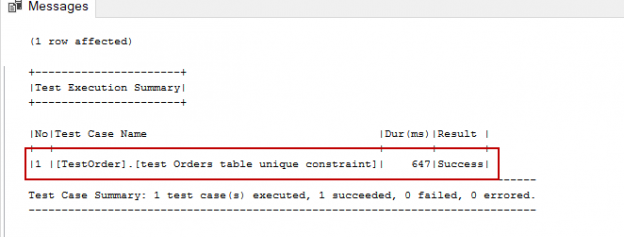
With this article, we will complete our journey with SQL Unit Testing. But first, let’s remember the main theme of the SQL Unit Testing again briefly. With the help of the SQL Unit Testing, we can detect and find out the flaws and bugs in database projects. This reduces the possible loss of time and money and reputation during the use of the product. However, it should be kept in mind that no matter how many tests are carried out, there will still be some bugs in the project, but SQL unit tests provide a greater degree of confidence. The fact that there are no bugs or flaws in the application at that time does not mean that the application is perfect. We cannot test all combinations and probabilities of the database objects. That is why in real life, considering certain parameters (risk, priority, etc.) we must ensure that a “reasonably sufficient” test is done.
Read more »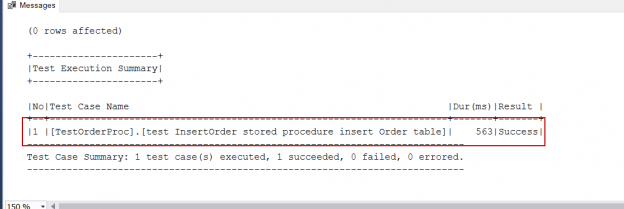
In this SQL Unit testing article, we will continue our journey with SQL unit testing. In the previous articles of this series (see the TOC at the bottom), we mentioned about SQL unit testing essentials and designing approaches as well and then we reinforce these notions with various tSQLt framework practical examples. In this article, we will continue to learn how to mock stored procedures in the tSQLt framework and we will provide it with two examples.
Read more »
In this article series, we are exploring SQL unit testing, in general, and also we are reinforcing details and topics with various practical examples. We are using the tSQLt framework because it is the quite powerful and handy tool in order to develop and code SQL unit tests.
Read more »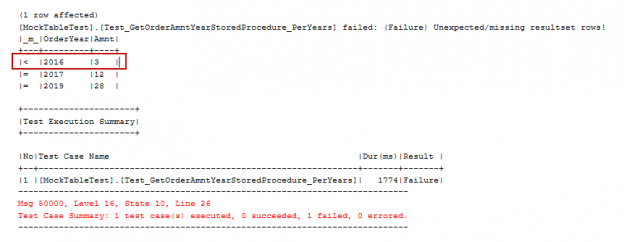
In this article on SQL unit testing, we will talk about how to isolate SQL unit tests from dependencies and how to use fake tables in SQL unit tests, so that we will able to develop more robust and less fragile SQL unit tests.
Read more »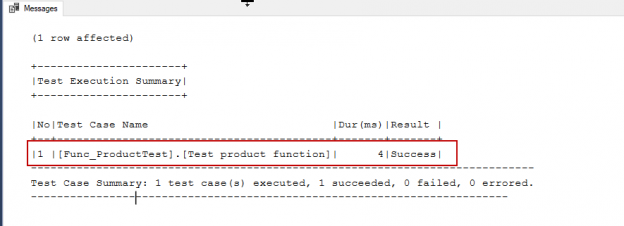
SQL unit testing is a testing method which allows us to test the smallest, atomic programmable part of a database object. SQL unit testing plays a key role in the modern database development cycle because it allows us to test individual parts of the database objects work as expected. SQL unit testing adds a great worth to the database project because unit tests are more reliable then manual test methods.
Read more »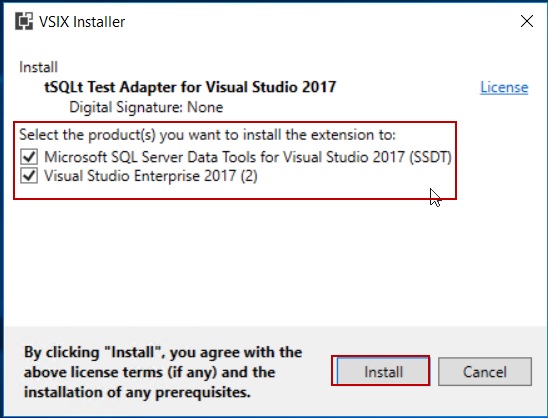
In the previous article SQL unit testing with the tSQLt framework for beginners in this series, we covered tSQLt framework essentials and installation. we also demonstrated basic SQL unit testing through the tSQLt framework. In this article, we will continue to explore SQL unit testing and we will also discuss the benefits of SQL unit testing. Additionally, we will learn how we can use the tSQLt framework in a SQL Server Database Project.
Read more »© Quest Software Inc. ALL RIGHTS RESERVED. | GDPR | Terms of Use | Privacy